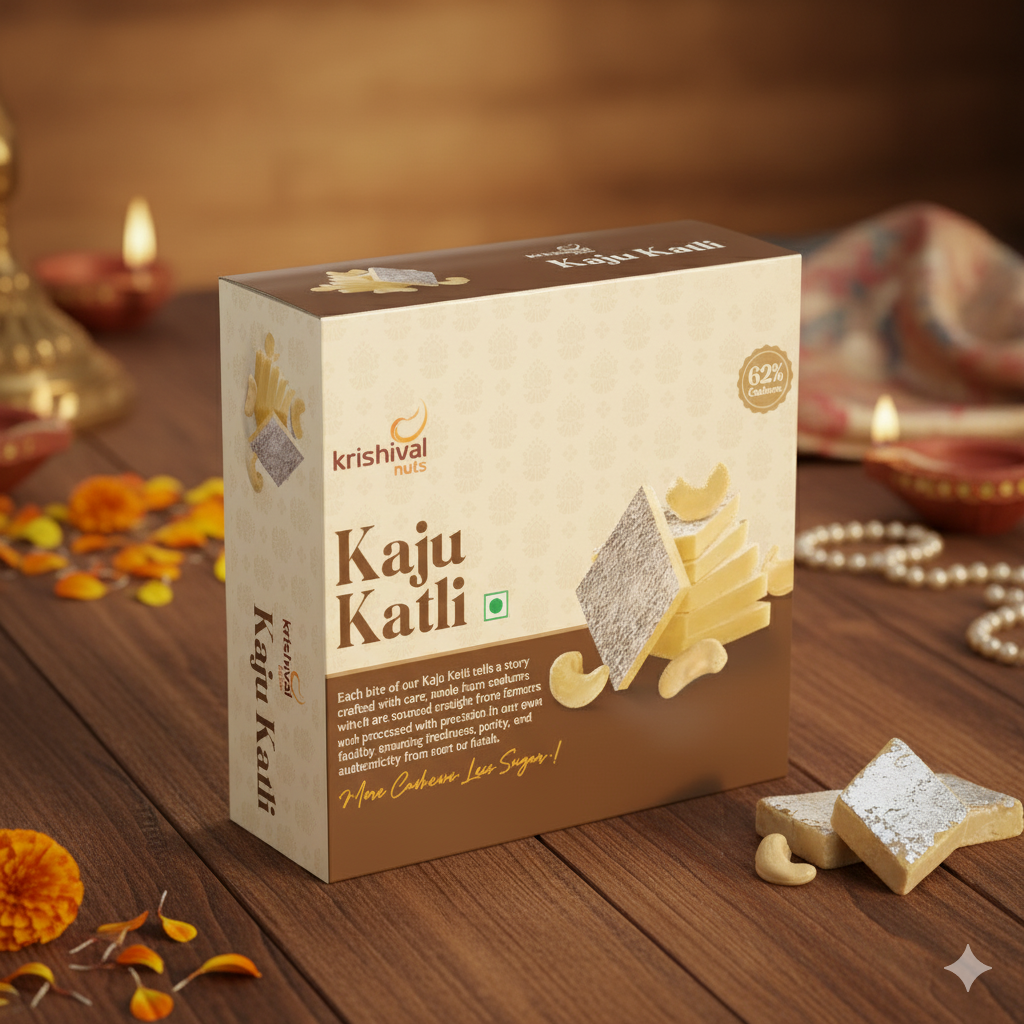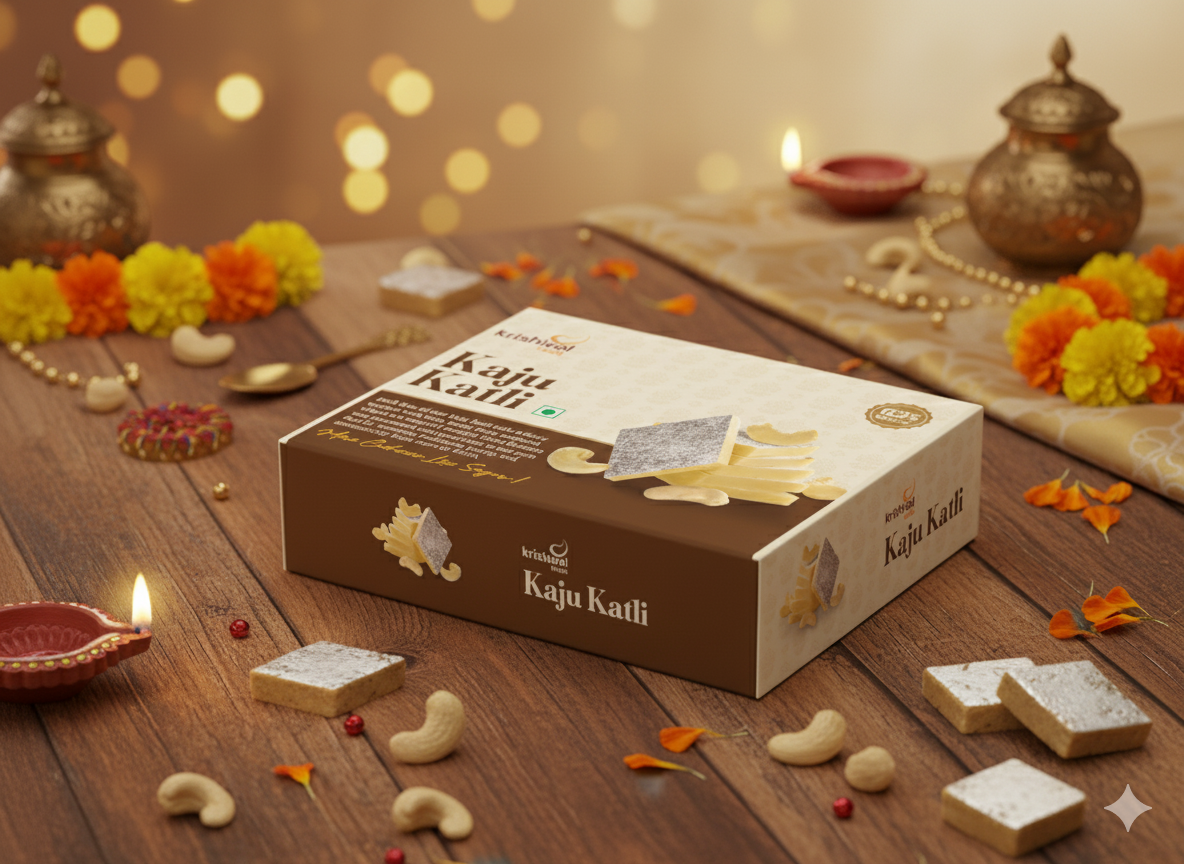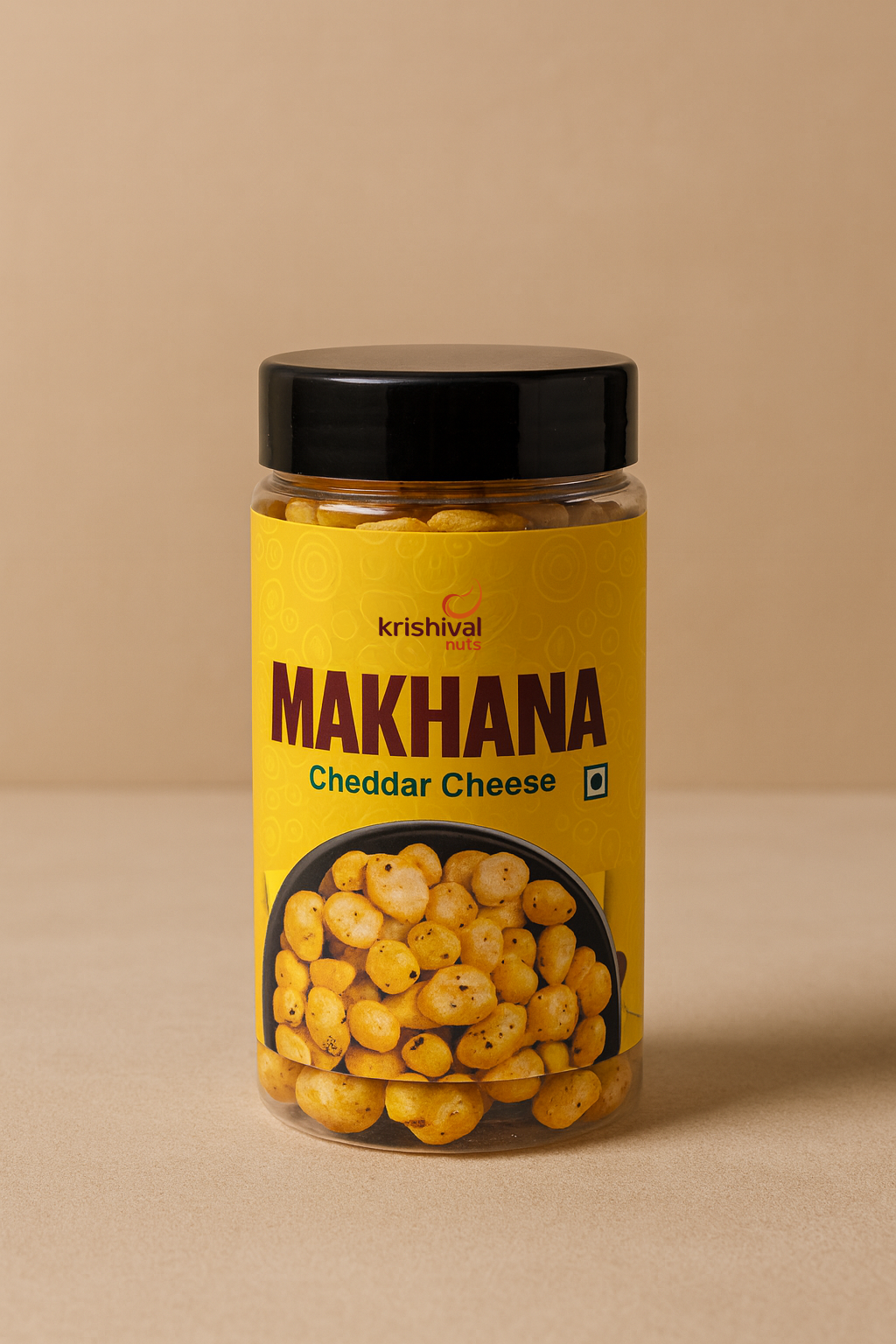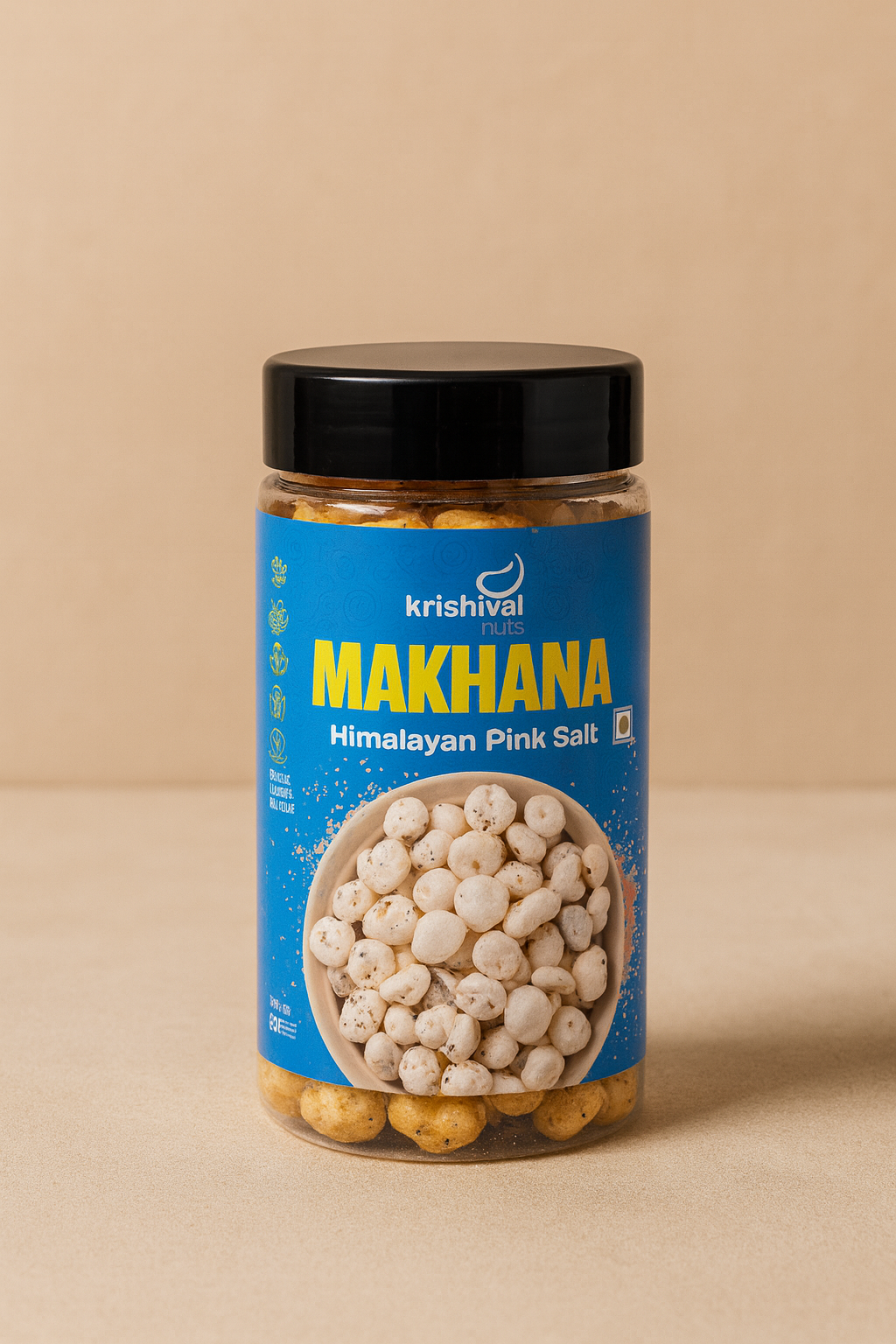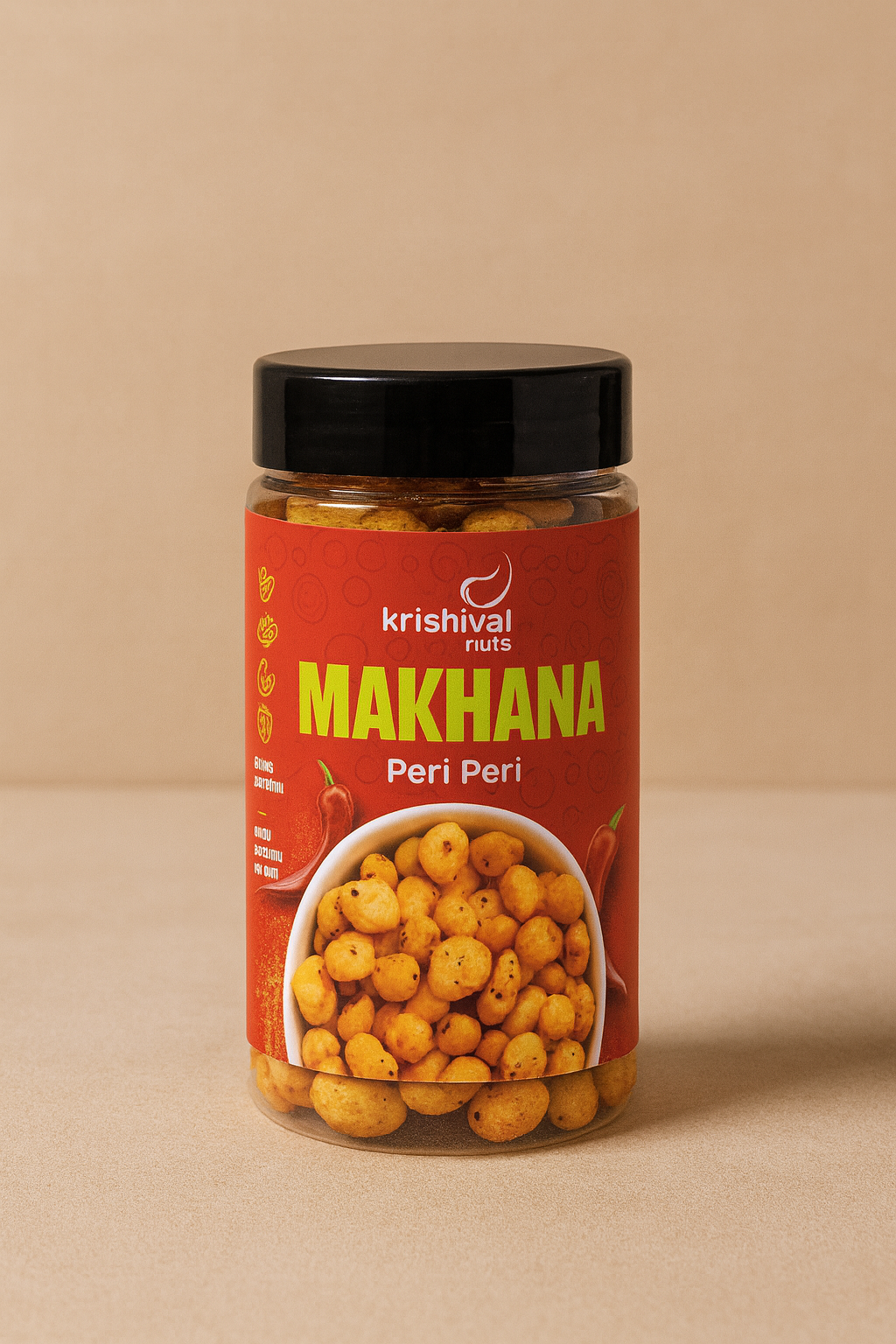How to Eat Hazelnuts
Hazelnuts are not just tasty; they're also abundant with nutrients! You can enjoy them raw, roasted, or toss them into a variety of dishes. To get to the good stuff, crack open that hard shell and enjoy the sweet, buttery nut inside. They make a great snack on their own, or you can sprinkle them on salads, mix them into baked treats, or even whip them into nut butters. Roasting really brings out their flavour, but keep an eye out for any added salt or oils. Hazelnuts are fantastic with chocolate and fruits, adding both crunch and nutrition to your desserts. Just remember to enjoy them in moderation since they are calorie-dense.
Table of Contents
Introduction
Nutritional Profile of Hazelnuts
Forms of Hazelnuts for Consumption
Raw Hazelnuts
Roasted Hazelnuts
Ground Hazelnuts
Hazelnut Paste
Eating Raw Hazelnuts
Eating Roasted Hazelnuts
Using Hazelnut Butter or Paste
Cooking and Baking with Hazelnuts
Hazelnut Portion Size and Moderation
Tips for Hazelnut Preparation
Storage Tips for Hazelnuts
Hazelnuts for Special Diets
Conclusion
Frequently Asked Questions
Nutritional Profile of Hazelnuts
Hazelnuts are little nutritional powerhouses that come with a variety of health perks. Just one ounce packs around 180 calories and is rich in healthy fats, mainly monounsaturated and polyunsaturated fats. They’re also a solid source of plant-based protein and dietary fibre, which can aid digestion and help you feel satisfied. Plus, hazelnuts are rich in vitamin E, copper, and manganese, all of which are crucial for antioxidant protection and maintaining metabolic health. They also supply vital minerals like magnesium, potassium, calcium, and iron, as well as B vitamins. Together, these nutrients work wonders for heart health, boost energy production, and help support your immune system.
Forms of Hazelnuts for Consumption
Raw Hazelnuts
Raw hazelnuts come in three main varieties: whole, shelled, and unshelled. Shelled hazelnuts are ideal for eating or cooking because their hard outer shell gets removed, but whole hazelnuts still have that tough shell. Unshelled hazelnuts retain their shells; however, they undergo sterilisation for storage.
Roasted Hazelnuts
There are two popular ways to roast hazelnuts: dry roasting and oil roasting. Dry-roasted hazelnuts are heated without any oil, giving them a satisfying crunch and a richer flavour. Oil-roasted hazelnuts, on the other hand, are cooked in oil, which may add a little more fat but also improves their moisture and flavour. Although many people enjoy both techniques, dry roasting is the healthier choice because it uses less additional fat.
Ground Hazelnuts
You’ll find that ground hazelnuts are popular in two forms: nut butter and flour. To make hazelnut butter, you blend roasted hazelnuts until they transform into a smooth, creamy spread fantastic on toast or in your baking. Meanwhile, hazelnut flour, made from finely ground nuts, serves as a gluten-free alternative in the kitchen, adding a rich, nutty taste to your favourite recipes.
Hazelnut Paste
Hazelnut paste is a rich, smooth nut spread used in baking and usually contains added oils or sweeteners. On the other hand, hazelnut spreads like Nutella mix ground hazelnuts with cocoa, sugar, and oils to create a creamy, sweet treat. Both options are versatile, but spreads tend to be sweeter and more processed, while pastes are pure and concentrated.
Eating Raw Hazelnuts
Snacking on raw hazelnuts is an excellent way to enjoy their natural nutrients and that delightful, slightly sweet taste. Raw hazelnuts are richer in antioxidants and healthy fats than their roasted counterparts, which means they can offer even greater health benefits, such as supporting your heart and helping to reduce inflammation. They’re also rich in vitamin E, B vitamins, fibre, and essential minerals like magnesium and copper. Enjoying them in their raw state is a delicious and wholesome way to boost your energy and overall wellness, all while avoiding the added salt or oils that often come with processed snacks.
Eating Roasted Hazelnuts
Roasting hazelnuts really brings out their flavour and texture by kicking off those Maillard reactions that deepen their nutty, toasted aroma and taste. This process gives them a crispier, crunchier bite, making them so much more enjoyable to munch on. Roasted hazelnuts are ideal for adding to salads, enjoying as snacks, or incorporated into baked goods, enriching your dishes with rich flavour and satisfying crunch. Their delightful aroma and taste elevate culinary creations, making them even more enjoyable. Plus, this roasting magic not only enhances their sensory appeal but can also tone down any raw bitterness, which is why hazelnuts are a favourite in so many recipes and snack options.
Using Hazelnut Butter or Paste
Hazelnut butter, or paste, is a delightful spread that adds a rich, nutty flavour and creamy texture to your bread or crackers. It blends well into smoothies, adding a touch of indulgence and extra nutrition. You can also mix it into desserts like brownies and cakes, or use it in sauces and dressings to boost flavour and moisture. Its versatility makes it a fantastic ingredient for both sweet and savoury recipes, offering a delightful combination of taste and health benefits, including healthy fats, protein, and antioxidants. Plus, when you make it at home, you can tweak it with spices, sweeteners, or chocolate to create your own personalised treats for any occasion.
Cooking and Baking with Hazelnuts
Sprinkling chopped or whole hazelnuts into your cookies, cakes, and breads adds a delightful crunch and a rich, irresistible flavour. If you toast those hazelnuts first, you’ll really bring out their nutty aroma and enhance the overall taste, making your baked goods even more delicious. This simple trick can turn your everyday dishes into something gourmet, adding warmth and depth. Whether you fold them into the batter or sprinkle them on top, toasted hazelnuts are a fantastic addition to both sweet and savoury recipes, making them a versatile ingredient for any home cook or baker looking to get creative in the kitchen.
Hazelnut Portion Size and Moderation
For hazelnuts, the recommended serving size is about 1 ounce, around 21 kernels. This amount offers nutritional benefits, including healthy fats, protein, fibre, vitamins, and minerals, while keeping your calorie count in check. By enjoying this portion, you can take advantage of hazelnuts' heart-healthy monounsaturated fats and their antioxidant-rich nutrients without going overboard on calories or fat. Remember, moderation is essential to prevent weight gain and to maintain your overall health. Adding this measured serving to your diet can help support your energy levels, metabolism, and cardiovascular health as part of a balanced eating plan.
Tips for Hazelnut Preparation
To safely shell hazelnuts, grab a nutcracker or gently tap them with a wooden mallet to keep the nut intact. If you want to remove the skins quickly, boil the nuts in water with a bit of baking soda for about 3-4 minutes, then rub the skins off. Roasting at home is a breeze: spread the hazelnuts on a baking sheet and pop them in a 350°F oven for 10-15 minutes, shaking now and then. You can also toast them in a dry skillet over medium heat until they smell amazing. Roasting makes the shells easier to crack, so you’ll have perfectly prepared hazelnuts ready for any recipe.
Storage Tips for Hazelnuts
Keep hazelnuts in sealed containers to maintain their freshness and flavour. It helps shield them from air and moisture, which can lead to spoilage and that unpleasant rancid flavour. If you have shelled hazelnuts, a cool, dry spot will keep them perfect for about three months. For even longer freshness, pop them in the fridge in sealed containers, where they can last for 6 to 8 months. If you want to maximise their shelf life, freezing them in airtight freezer bags or vacuum-sealed packs can keep them fresh for a year or more. Proper storage maintains their nutritional benefits, making them perfect for cooking, baking, or just snacking.
Hazelnuts for Special Diets
Hazelnuts are an ideal choice for anyone following a vegan, vegetarian, or plant-based diet. They’re rich in healthy fats, protein, fibre, vitamins, and minerals. These little nuts are rich in heart-healthy monounsaturated fats and loaded with essential antioxidants that promote overall well-being. Plus, they help boost protein intake in plant-based diets, which is great for muscle maintenance and energy levels. If you have nut allergies, hazelnuts are definitely off the table, as they can trigger allergic reactions. Always be cautious if you’re prone to nut allergies. Adding hazelnuts to your diet brings a delightful variety of flavours and practical benefits for both sweet and savoury dishes.
Conclusion
Eating hazelnuts is both easy and satisfying. Raw hazelnuts are packed with fresh, natural nutrients, while roasting them brings out a delightful flavour and crunch. You can toss them into snacks, use them in baking, or add them to your cooking for an extra layer of texture and nutrition. Hazelnut butter and paste can lend a creamy richness to your bread, smoothies, or desserts. Just remember to keep them in airtight containers to maintain their freshness. Enjoy them in moderation to keep your calorie and fat intake balanced. Whether you prefer them raw, roasted, or ground, hazelnuts are a versatile and healthy addition to your daily diet.
Frequently Asked Questions
Can I eat hazelnuts raw?
Absolutely, you can munch on hazelnuts raw. They’re packed with natural nutrients and have a delightful, mild sweetness that many people love. Eating them raw helps maintain their antioxidants and healthy fats. Just be sure to pick up fresh, clean nuts, and you’ll have a tasty, crunchy snack ready to enjoy anytime.
What are the benefits of roasting hazelnuts?
Roasting hazelnuts really brings out their flavour, aroma, and crunch, making them so much more enjoyable. Plus, it helps keep most of their nutrients intact, like those healthy fats and antioxidants. You can easily roast them in the oven or on a skillet, giving hazelnuts that delicious, toasted taste that’s perfect for snacking or adding to your favourite dishes.
How do I shell hazelnuts easily?
Shelling hazelnuts can be pretty easy if you use a nutcracker or gently tap them with a hammer on a hard surface. If you’re looking for a faster way to shed the skins, try blanching them in boiling water, then rubbing the skins off. This method is effective for getting hazelnuts ready for cooking or snacking.
What are common ways to use hazelnuts in cooking?
Hazelnuts are perfect for baking, whether you're whipping up cookies or cakes, and they bring a delightful crunch to salads and granolas. You can also incorporate them into sauces or blend them into a creamy nut butter or flour. Their rich, nutty flavour makes them a versatile ingredient for both sweet and savoury dishes.
How many hazelnuts should I eat daily?
A typical daily serving of hazelnuts is about 1 ounce, which is roughly 21 kernels. It’s a great way to get a nutritious boost without piling on too many calories, all while supporting your heart health and overall well-being. You can enjoy this amount as a tasty snack or toss it into your recipes for added benefits.
Are hazelnut butters healthy?
Yes, hazelnut butters are indeed healthy. They manage to keep most of their nutrients along with the beneficial monounsaturated fats. You’ll find they’re rich in vitamin E, magnesium, protein, and antioxidants. Choosing natural versions is the way to go if you want to enjoy all the health perks without any unnecessary calories or additives.
Can hazelnuts be included in a weight management diet?
Yes, adding hazelnuts to your weight management diet can really pay off. They’re rich in protein, fibre, and healthy fats, which help keep you feeling full and can prevent overeating. When enjoyed in moderation as part of a balanced diet, hazelnuts can actually support a healthy metabolism and assist with weight control.
How should I store hazelnuts to keep them fresh?
The best way to keep hazelnuts fresh is to store them in an airtight container and stash them in a cool, dry place, out of the sun. If you’re looking to store them for an extended period, you can refrigerate them. In the freezer, they can stay perfect for up to a year or more, keeping their flavour and nutrients intact.
Are hazelnuts safe for people with nut allergies?
Hazelnuts can pose a serious risk for individuals with tree nut allergies. They have the potential to cause severe allergic reactions, which can range from mild discomfort to life-threatening anaphylaxis. If you’re allergic to nuts, it’s wise to steer clear of hazelnuts and any products that include them to avoid any allergic reactions.
Can I eat hazelnuts if I am on a plant-based diet?
Absolutely! Hazelnuts are an ideal source of protein, healthy fats, vitamins, and minerals, making them a perfect choice for both vegetarian and vegan diets. Adding hazelnuts to your plant-based meals not only boosts flavour but also enhances nutrition and keeps you feeling full in a natural, wholesome way.



